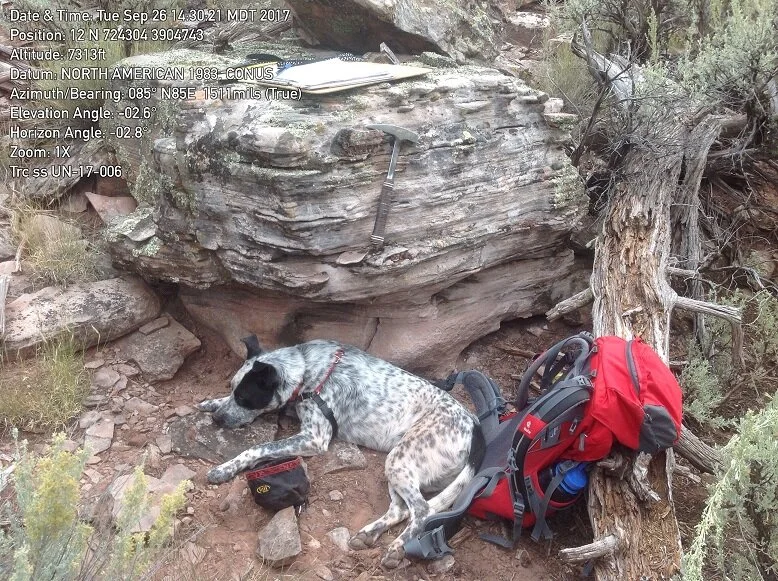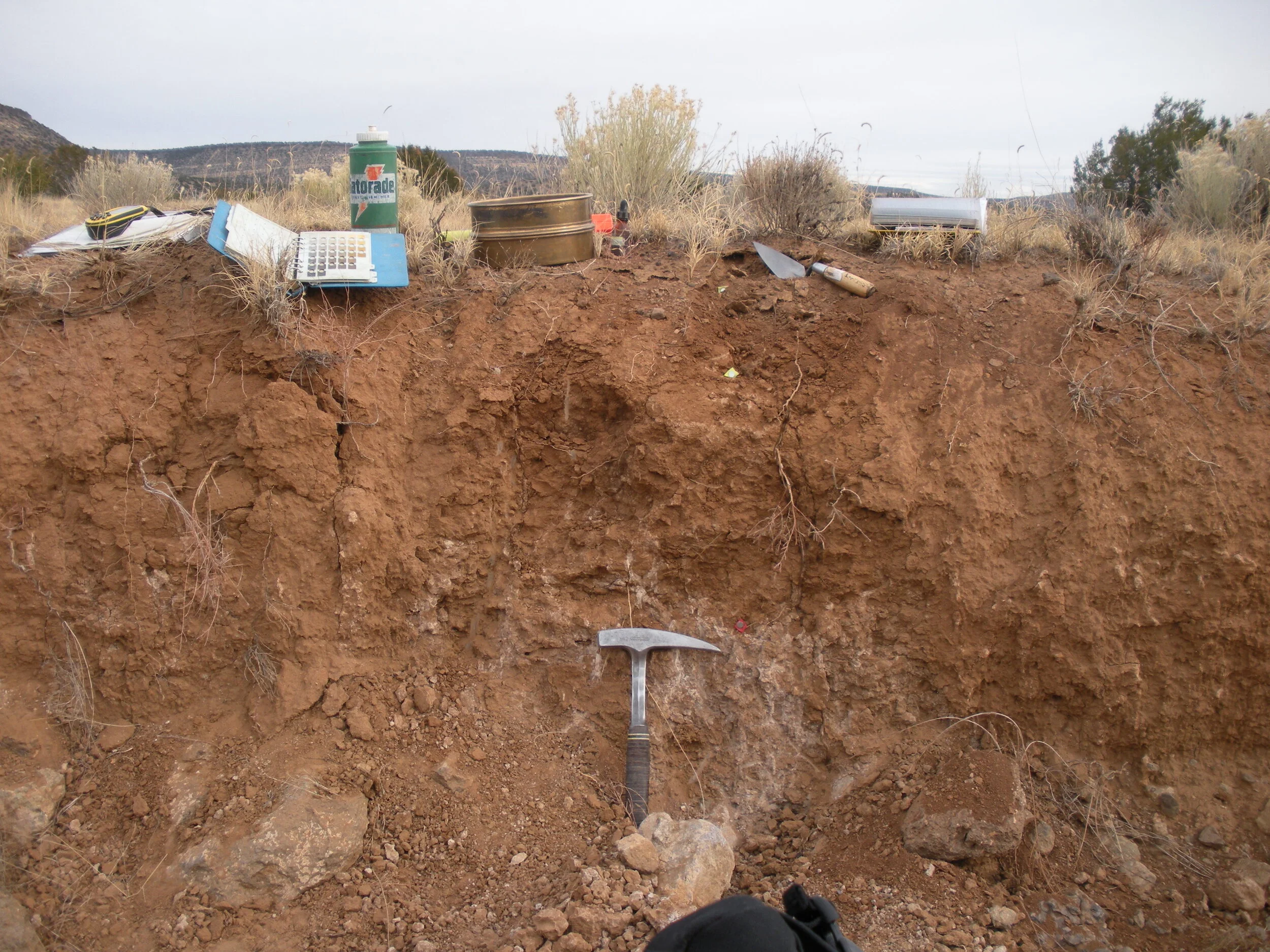Geomorphic Mapping
GGI staff complete geomorphic mapping projects ranging from contaminant and sediment transport to investigating the context of archaeological sites and fossil localities, and evaluation of wetland mitigation sites.
Selected Projects:
GGI completes geomorphic mapping projects and produces an analysis report on the sediment transport through canyons in the vicinity of (LANL) annually.
Lobo Springs Peak, Mount Taylor, Bland, Valle Toledo, Grants, Valle San Antonio and Seboyeta STATEMEP Projects
GGI collaborates with New Mexico Bureau of Geology and Mineral Resources on STATEMAP projects to complete quadrangle maps in the state of New Mexico, including mapping of the Valle Caldera National Preserve (Post-Resurgence Lakes in the Valles Caldera, New Mexico).
Stratigraphic Analysis of Pleistocene Vertebrate Fossil Sites
GGI has conducted investigations to provide New Mexico Museum of Natural History personnel with stratigraphic context of Pleistocene vertebrate fossil sites, temporal constraints on fossil ages, and evaluations of fossil depositional environments (Stratigraphy and Paleontology of Trapped Rock Draw Mastodont Site, Zuni, NM; Bison Antiquus Occurrence and Pleistocene-Holocene Stratigraphy, Canada Del Buey, Pajarito Plateau, New Mexico).
Post-Fire Erosion Sediment Investigations
GGI conducted an investigation in Water Canyon and Canon de Valle to assess contaminant inventory in post-1942 sediments. Over 25 reaches were mapped (1:200 scale), and cross sections measured following 2011 floods. Dendrochronology was utilized to provide supplemental information to constrain the age of sediment deposits (Post-Fire Sediment Transport and Erosion in the Water Canyon and Canon de Valle Watershed, Jemez Mountains, NM).
“Lorem ipsum”



